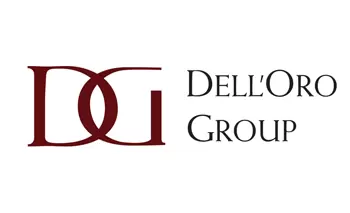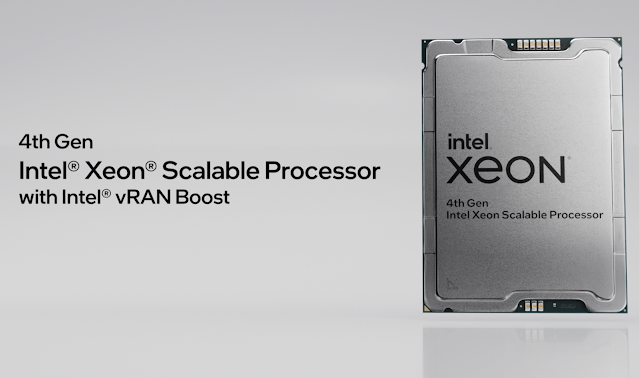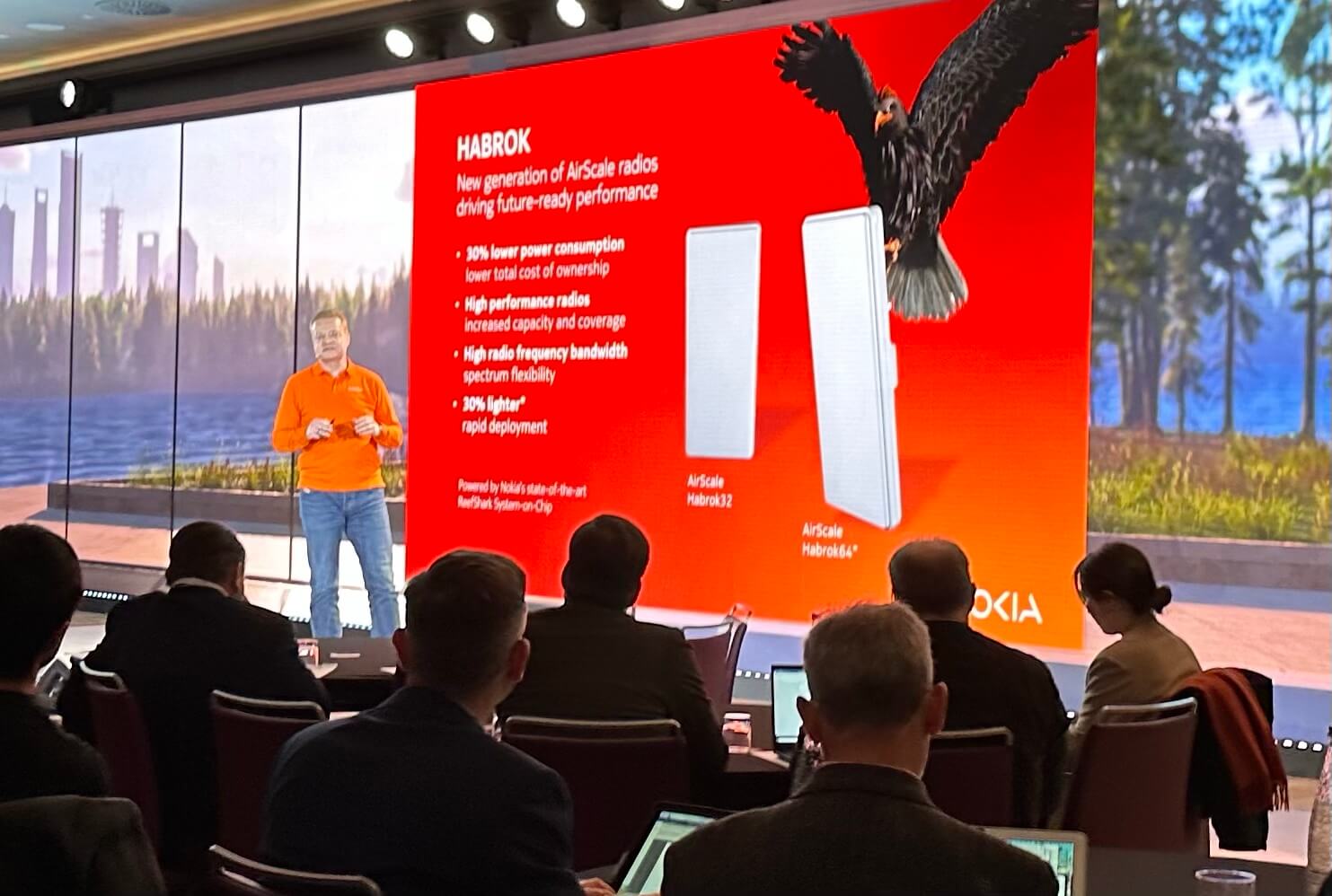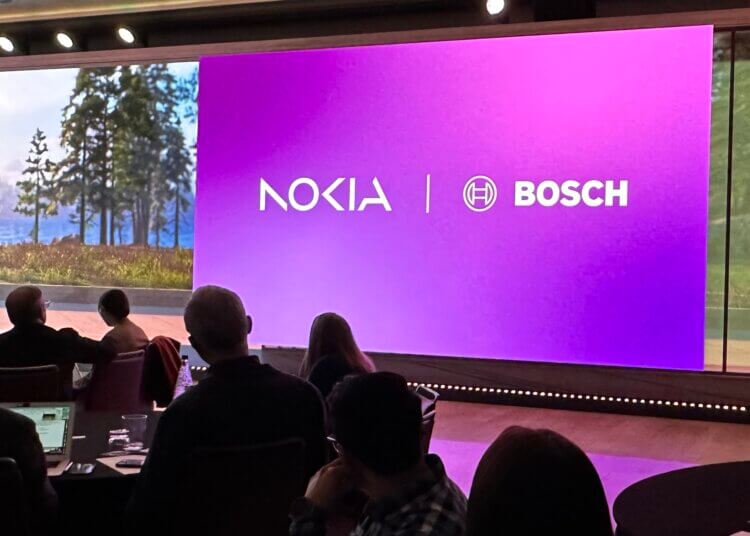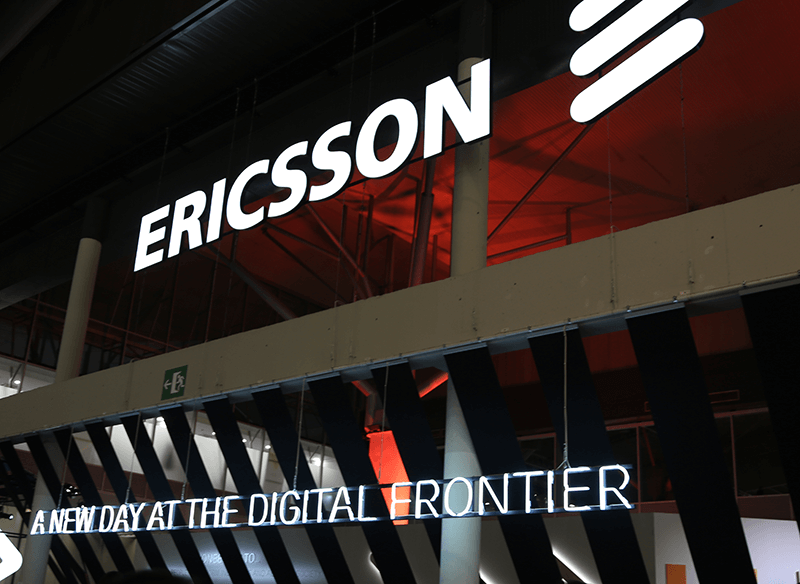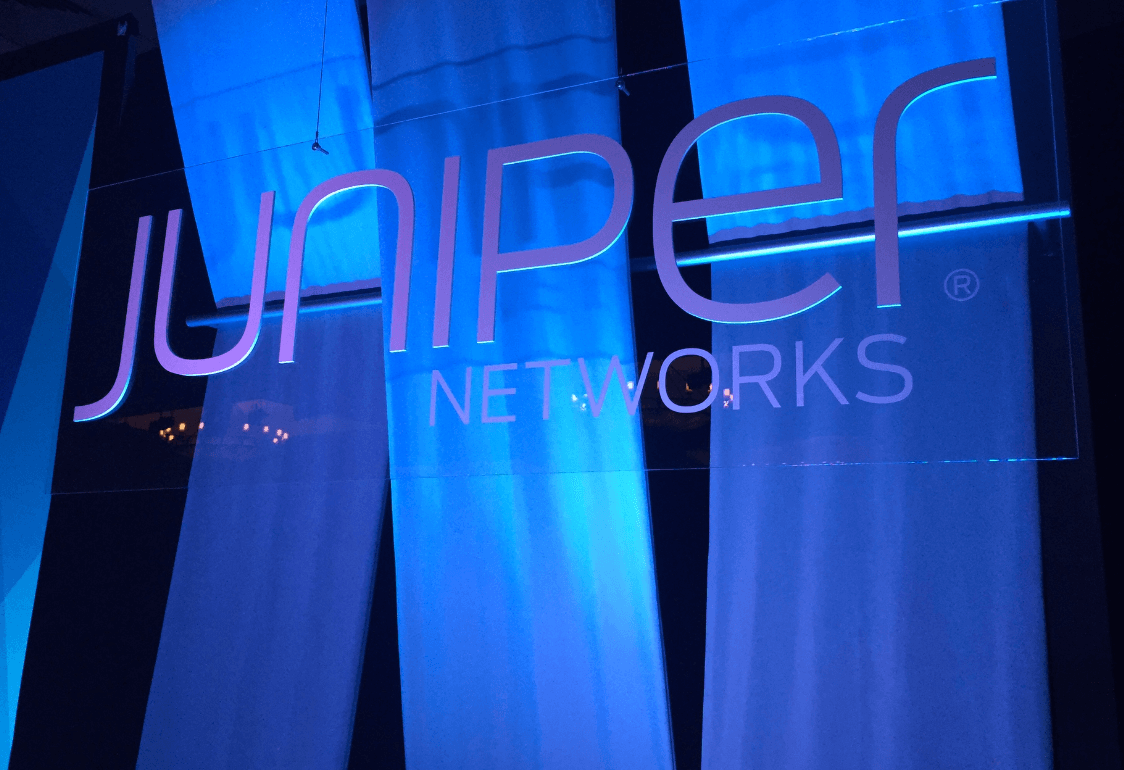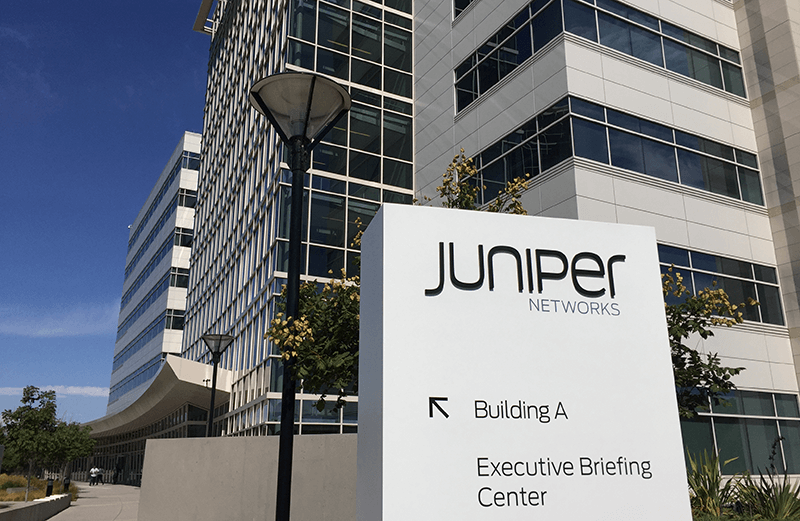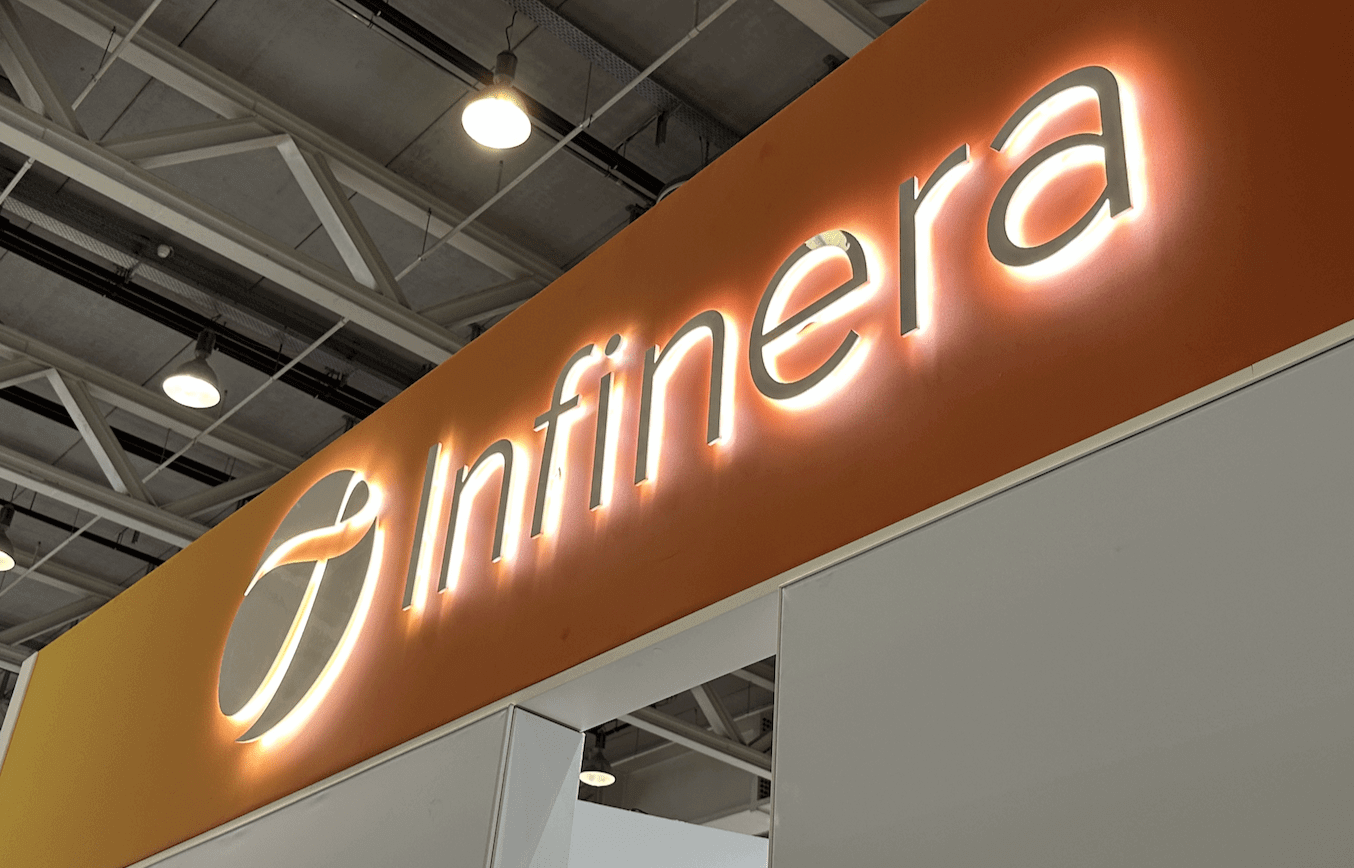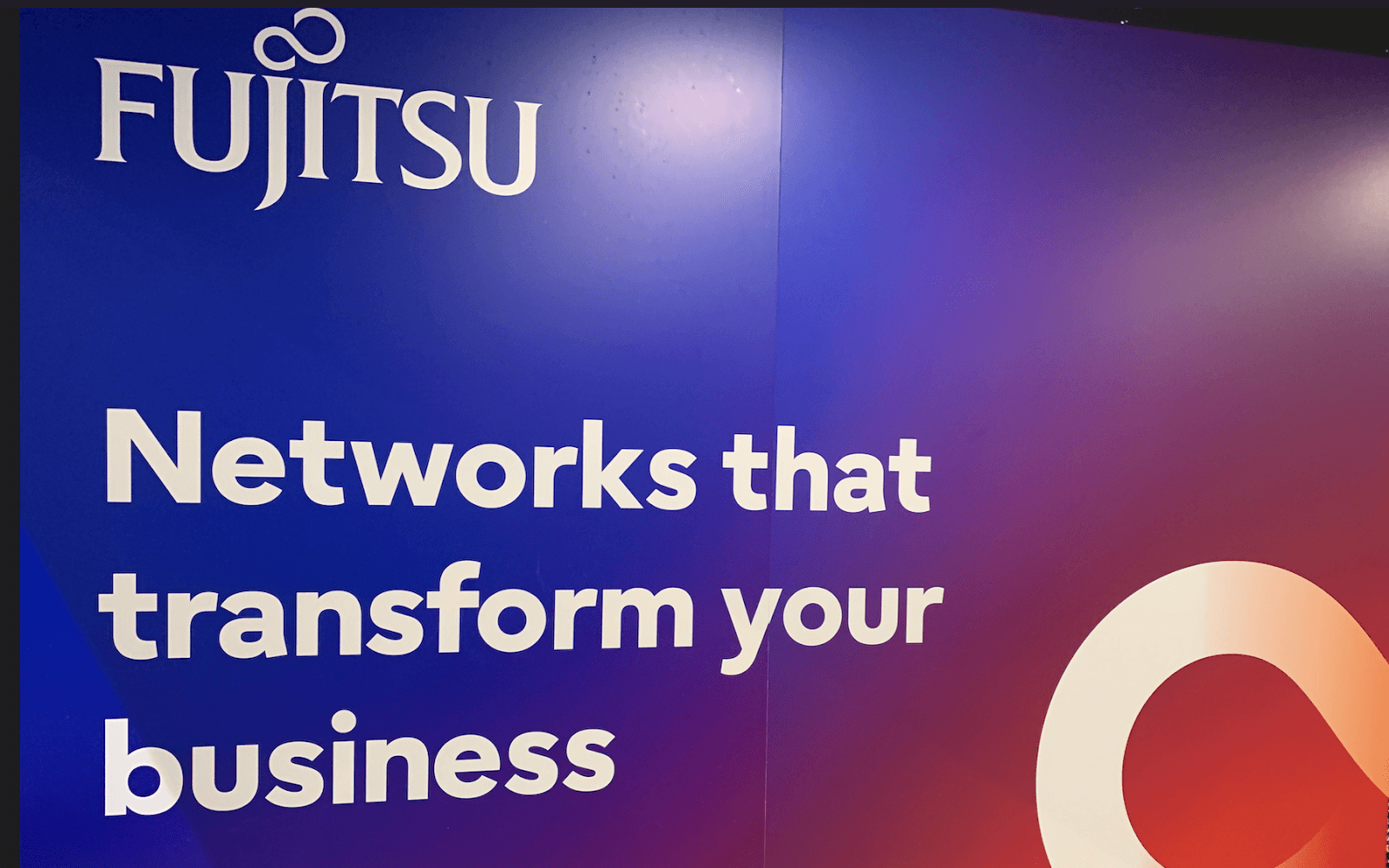Nokia launched its latest generation AirScale massive MIMO radios, code-named "Habrok" at Mobile World Congress 2023 in Barcelona.
Habrok radios are powered by Nokia’s latest generation of ReefShark System-on-Chip (SoC), now implemented in 5nm. The radios are available in both 32 TRX (Habrok 32) and 64 TRX (Habrok 64) versions, covering all massive MIMO use cases and deployment scenarios.
Nokia cites spectrum flexibility and network performance as design objectives. Habrok initially supporting band n78, both Habrok 32 and Habrok 64 support high radio frequency bandwidth, 200 MHz occupied bandwidth (OBW) and 400 MHz instantaneous bandwidth (IBW), enabling the use of fragmented spectrum allocations and network sharing cases.
At 24kg, Habrok 64 is approximately 30 percent lighter than its predecessors, making it easier to install and faster to deploy, accelerating 5G network deployment. The products also offer even higher energy efficiency by using 30 percent less energy, lowering the total cost of ownership.
Nokia has also announced new optimized additions to its AirScale Osprey portfolio. This includes the first AirScale Osprey 64 dual-band mMIMO radio, which covers the entire US C-band as well as the 3.45G band in a single-box solution. Nokia has also several new multiband remote radio heads, each simplifying site solutions and lowering the total cost of ownership.
Significantly, Nokia has reduced the energy consumption of its latest products by some 30 percent through a combination of software, hardware, and services – including Nokia’s digital design for energy efficiency and energy efficiency-related suite of software features – overall, this can reduce energy consumption by 36 percent.
Tommi Uitto, President of Mobile Networks at Nokia, said: “We are proud to unveil Habrok, our latest generation of industry-leading AirScale radios that deliver future-ready performance. Powered by our cutting-edge ReefShark chipsets, these optimized products redefine radio performance with ultra-fast 5G speeds and capacity where it is needed. They are extremely lightweight making them easy to install and support wide bandwidths in both instantaneous and occupied bandwidth. These products are built with energy efficiency in mind, highlighting our continued commitment to reducing our CO2 footprint and supporting our customers in reaching their sustainability targets. We can’t wait to see these new products deliver incredible 5G experiences to mobile subscribers around the world.”






